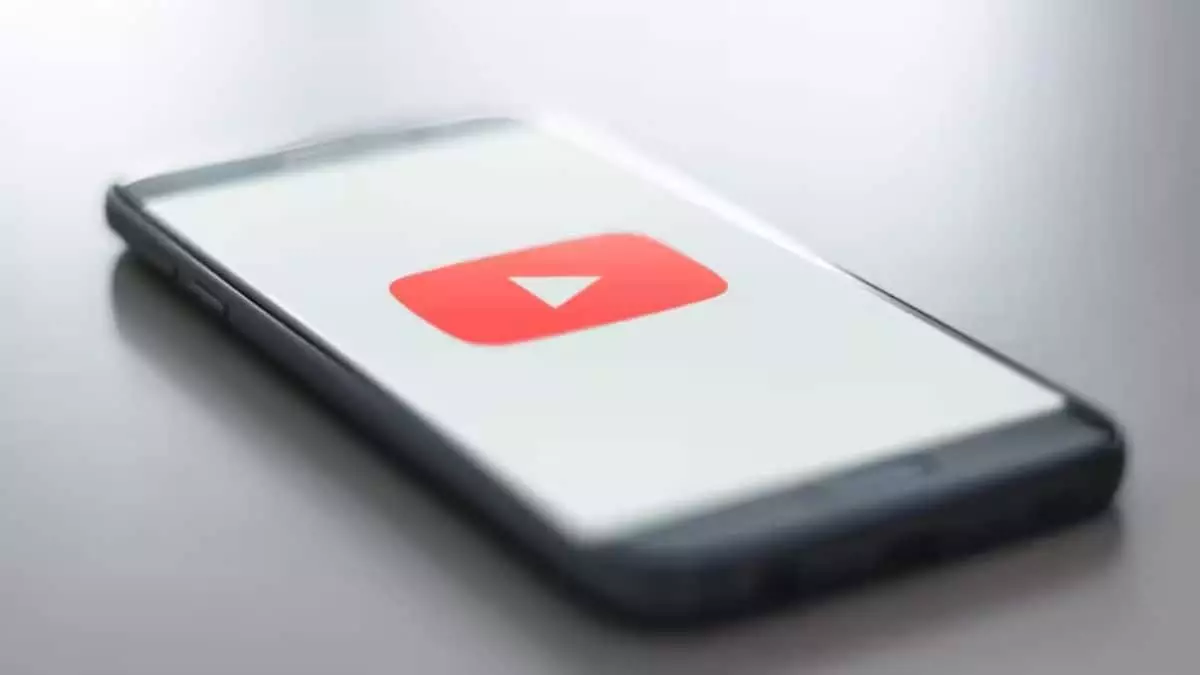YouTube, the quintessential video-sharing platform, has always been at the forefront of fostering creator-audience interaction. Recently, the platform has taken strides to enhance this engagement with the introduction of two new features: YouTube Communities and the Hype Button. Each function aims to transform the way creators interact with their audience and vice versa, but are they sufficient to elevate lesser-known content creators to new heights?
The newly introduced Communities feature represents a significant evolution in how creators can communicate with their followers. Until now, interactions were largely confined to the comments section of individual videos, limiting the scope and depth of engagement. With Communities, creators can post updates, receive direct feedback, and host discussions, creating a more forum-like environment that encourages ongoing dialogue. This move positions YouTube as a more interactive platform, potentially reducing the dependency on alternative social media channels such as Facebook or Discord.
However, while the introduction of Communities could significantly enrich the user experience, it does come with caveats. Notably, channel owners will have to actively enable this feature, putting the onus on them to cultivate this space. Moreover, with the responsibility of moderation falling back on creators, this feature may add to their workload rather than lessen it. This is a double-edged sword; on one hand, it promotes a vibrant community, but on the other, it could overwhelm creators who are already managing content production.
Further complementing the Communities initiative is the Hype Button, designed to facilitate greater visibility for emerging creators. YouTube’s explanation reveals a thoughtful approach toward niche creators who may struggle to reach their target audiences despite loyal followings. Through this feature, users can “hype” creators with fewer than 500,000 subscribers, allowing those videos to rise on a leaderboard of sorts, spotlighting popular content across the platform.
Nevertheless, the mechanics surrounding the Hype Button are not as straightforward as one might hope. Viewers can only hype videos within a certain timeframe — seven days post-publication — and can do so a maximum of three times a week. Such restrictions may dilute the intended impact of the feature, as it could inadvertently limit the exposure that these budding creators receive. While the potential for monetization through additional hype purchases suggests a lucrative avenue for some creators, it simultaneously raises questions about whether the platform is favoring financial gain over genuine content promotion.
As YouTube continues to refine its platform, questions arise about its commitment to nurturing a diverse ecosystem for all creators. While features like Communities and the Hype Button seem promising for engagement and visibility, they are ultimately contingent on user adoption and the creators’ ability to navigate these new tools effectively. With greater user involvement, as prompted by these features, YouTube may fortify its reputation as a creator-driven platform.
Nevertheless, it is essential to note that these features won’t solve the underlying inequities within the platform. While they offer new pathways for engagement, many creators still struggle against the robust competition posed by established channels. Thus, while Communities and the Hype Button are steps in the right direction, YouTube must simultaneously consider the broader landscape that often inhibits emerging talents.
YouTube’s innovations — YouTube Communities and the Hype Button — mark an intentional shift towards enhancing user engagement and elevating emerging creators. However, these features also introduce a set of complexities that could complicate their effectiveness. The platform has a golden opportunity to reshape the creator-audience dynamics, but its success will ultimately depend on how well creators adapt and utilize these features. Moreover, YouTube’s continued focus on refining its policies and tools will be crucial in ensuring that it remains a relevant and supportive platform for creators of all sizes in the ever-evolving digital landscape.


Leave a Reply